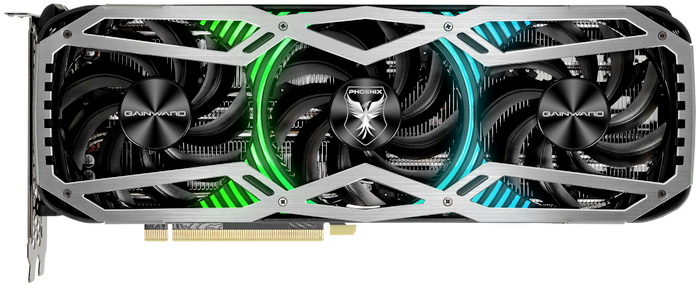INTRODUCTION

With several games for the PC like Far Cry 6, Forza Horizon 5, Call Of Duty Vanguard and of course the highly anticipated Battlefield 2042 and Halo Infinite titles coming out (or already out) by the end of 2021 it's no wonder that gamers all over the world are trying their best to get their hands on a new graphics card. Yes, this would had sounded like a bad joke to me a few years back but the combination of component shortages (primarily due to COVID-19) and the somewhat recent spike in mining has made it virtually impossible for people to get a much wanted graphics card (at least not at acceptable price levels). Surprisingly enough however where I’m located it seems that the least price inflation/jump/hike has occurred with high-end models like the GeForce RTX 3080 Ti 12GB line by NVIDIA and so today I’ll be testing one such model and more specifically the Phoenix by Gainward.
Gainward was founded in 1984 with a commitment to develop the most advanced graphics accelerators in the industry and ensuring the highest level of customer satisfaction. Received great reputation for manufacturing of leading edge products for the enthusiastic market. Gainward “Golden Sample” (GS) and “Golden Sample Goes Like Hell” (GS-GLH) are two signature synonyms for aggressive over-clocked and extreme over-clocked graphics cards in the gaming society. As one of the top graphics cards leading brands, Gainward continues to provide cutting edge products with excellent quality. Furthermore, Gainward brand name symbolizes our belief in gaining trusts and respects from our valued customers. With Headquarter based in Taipei, Taiwan, factory in Shenzhen, China and European Headquarter in Munich, Germany. Gainward is ambitious to address worldwide market and cooperates closely with its globally localized channel partners.
Typically, as with the GeForce RTX 3060 cards I’ve already tested the RTX 3080 Ti is also based on NVIDIA's 2nd generation RTX technology that sports CUDA cores with FP32+INT32 instructions (for simultaneous floating point and integer math), 2nd gen RT cores, 3rd gen Tensor cores and ray trace motion-blur effects. The GeForce RTX 3080 Ti in particular was introduced back in May of this year with 1 single goal, to provide fluent 4k gaming, even with ray tracing enabled. It's based on the same GA102 chip (8nm) as its larger brother (the RTX 3090) but packs 10240 shader units, 320 texture mapping units, 320 Tensor cores, 112 raster operators and 80 ray tracing cores. The GeForce RTX 3080 Ti has a TDP of 350W and is equipped with GDDR6X RAM (this sample came with Micron modules) based on a 384-bit memory bus with an effective clock speed of 19Gbps. Even though the Gainward Phoenix GeForce RTX 3080 Ti is not a factory overclocked model (boost clock of 1665MHz) it does features a custom cooling solution (triple two-ball bearing reinforced fans with three heatsinks, six 8mm thick heatpipes, copper base and support for zero RPM mode when in idle), die casting moulded reinforced frame and front facing ARGB LEDs. Finally, the Gainward Phoenix GeForce RTX 3080 Ti 12GB comes ready with 3 DP v1.4a ports and a single HDMI v2.1 port (these support a total of 2 displays simultaneously with resolutions of up to 8K/7680x4320p).

 O-Sense
O-Sense







.png)

